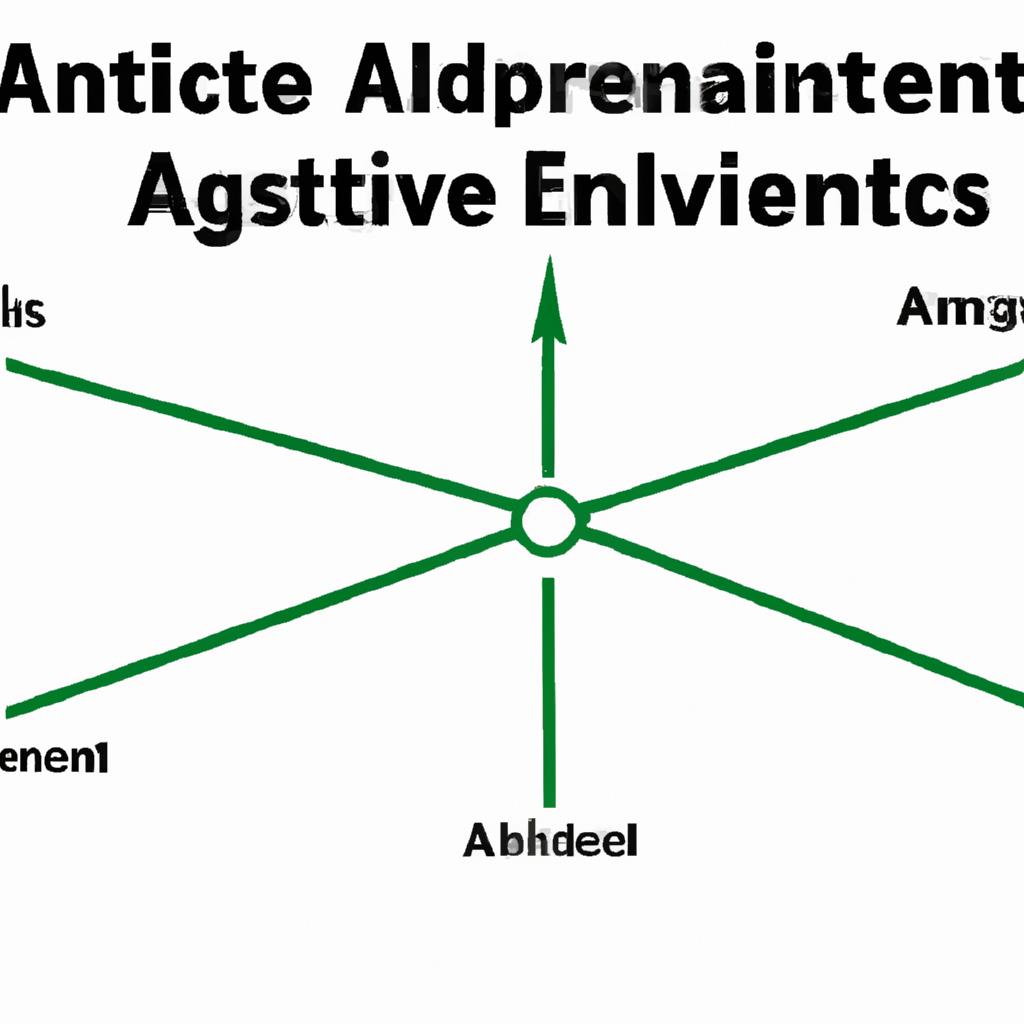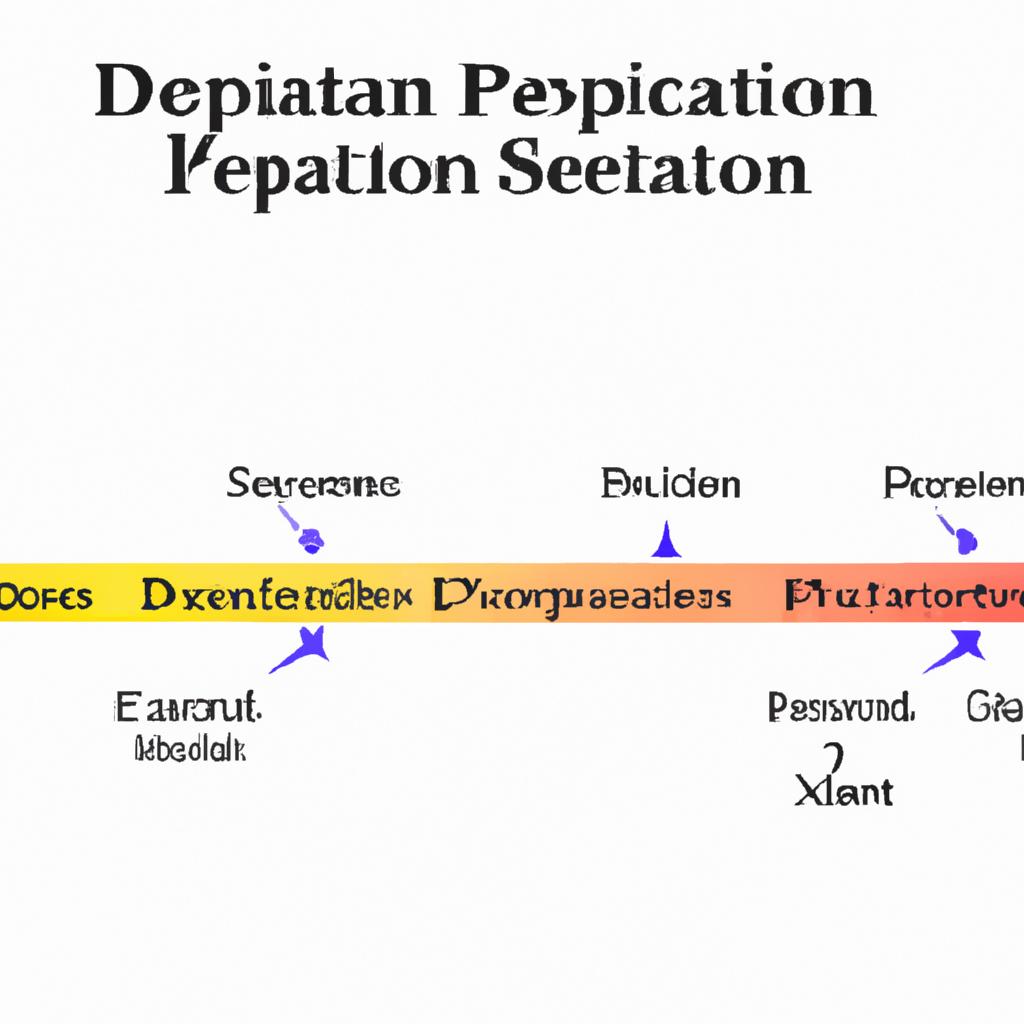When it comes to distributing assets in estate planning, the concept of per stirpes is a familiar term for many. However, what happens when per stirpes is not the desired distribution method? In this article, we will delve into the opposite of per stirpes and explore alternative approaches to estate distribution. As experienced lawyers at Morgan Legal Group in New York City, we specialize in estate planning, probate, elder law, Wills, and trusts, and are here to guide you through the complexities of estate distribution methods.
Exploring Alternative Inheritance Distribution Methods
In the realm of inheritance distribution methods, the opposite of per stirpes is known as per capita. Unlike per stirpes, where descendants inherit their deceased ancestor’s share, per capita distribution divides the inheritance equally among all living heirs, regardless of their relationship to the deceased. This method ensures that each heir receives an equal portion of the estate, regardless of how many descendants are in each branch of the family tree.
Per capita distribution can be a more straightforward and fair way to divide an estate, especially in cases where there are multiple branches of the family with varying numbers of descendants. By distributing the inheritance equally among all heirs, this method can help prevent disputes and ensure that each family member receives their fair share of the estate. While per stirpes distribution may be more common, per capita offers an alternative approach to inheritance distribution that can be beneficial in certain circumstances.

Understanding the Concept of Per Capita Distribution
When it comes to , it is crucial to grasp the opposite approach as well. In estate planning, the opposite of per stirpes is per capita distribution. This term refers to the distribution of assets among descendants in equal shares, regardless of their generational level.
With per capita distribution, each beneficiary receives an equal portion of the estate, regardless of whether they are children, grandchildren, or great-grandchildren. This approach ensures fairness and equal treatment among all heirs, regardless of their familial relationship to the deceased. It simplifies the distribution process and can help avoid disputes among family members over perceived unequal treatment.

Analyzing the Advantages of Per Capita over Per Stirpes
In estate planning, there are two primary methods of distributing assets to beneficiaries: per capita and per stirpes. While both have their advantages, analyzing the benefits of per capita over per stirpes can provide valuable insights for clients looking to ensure their assets are distributed according to their wishes.
One advantage of per capita distribution is its simplicity and fairness. With per capita, each beneficiary receives an equal share of the estate, regardless of their relation to the deceased. This can help prevent disputes among family members and ensure that all beneficiaries are treated equally. Additionally, per capita distribution can help avoid complications that may arise with per stirpes distribution, such as tracing multiple generations of descendants.

Implementing Per Capita Distribution in Estate Planning
In estate planning, the opposite of per stirpes distribution is per capita distribution. This allocation method is used when distributing assets among heirs, focusing on equal shares for each individual rather than by branch or generation. In per capita distribution, each beneficiary receives an equal share of the estate, regardless of their relationship to the deceased.
Per capita distribution is a straightforward approach that can simplify the estate planning process and help prevent conflicts among heirs. This method ensures that each beneficiary is treated equally and receives a fair share of the estate, regardless of their familial relationship. By implementing per capita distribution in your estate planning, you can ensure that your assets are distributed according to your wishes and avoid potential disputes among your loved ones.
Q&A
Q: What is the opposite of per stirpes?
A: The opposite of per stirpes is per capita.
Q: How does per capita differ from per stirpes?
A: Per stirpes means distribution by branch, passing on assets to descendants of a deceased beneficiary. Per capita means distribution by head, dividing assets equally among all living beneficiaries.
Q: When would one use per capita over per stirpes?
A: Per capita is typically used when all beneficiaries are of equal importance and there are no descendants of a deceased beneficiary to consider.
Q: Can one choose between per stirpes and per capita in estate planning?
A: Yes, estate planners can choose between per stirpes and per capita based on family dynamics, personal preferences, and specific goals for asset distribution.
Final Thoughts
In conclusion, understanding the concept of the opposite of per stirpes is crucial in estate planning and inheritance distribution. By knowing the various options available, individuals can make informed decisions to ensure their assets are passed down in a way that aligns with their wishes. Whether it is per capita or another method, choosing the right approach can help protect the interests of future generations. So, when contemplating your estate plan, consider the implications of each option carefully to make the best choice for your loved ones.

